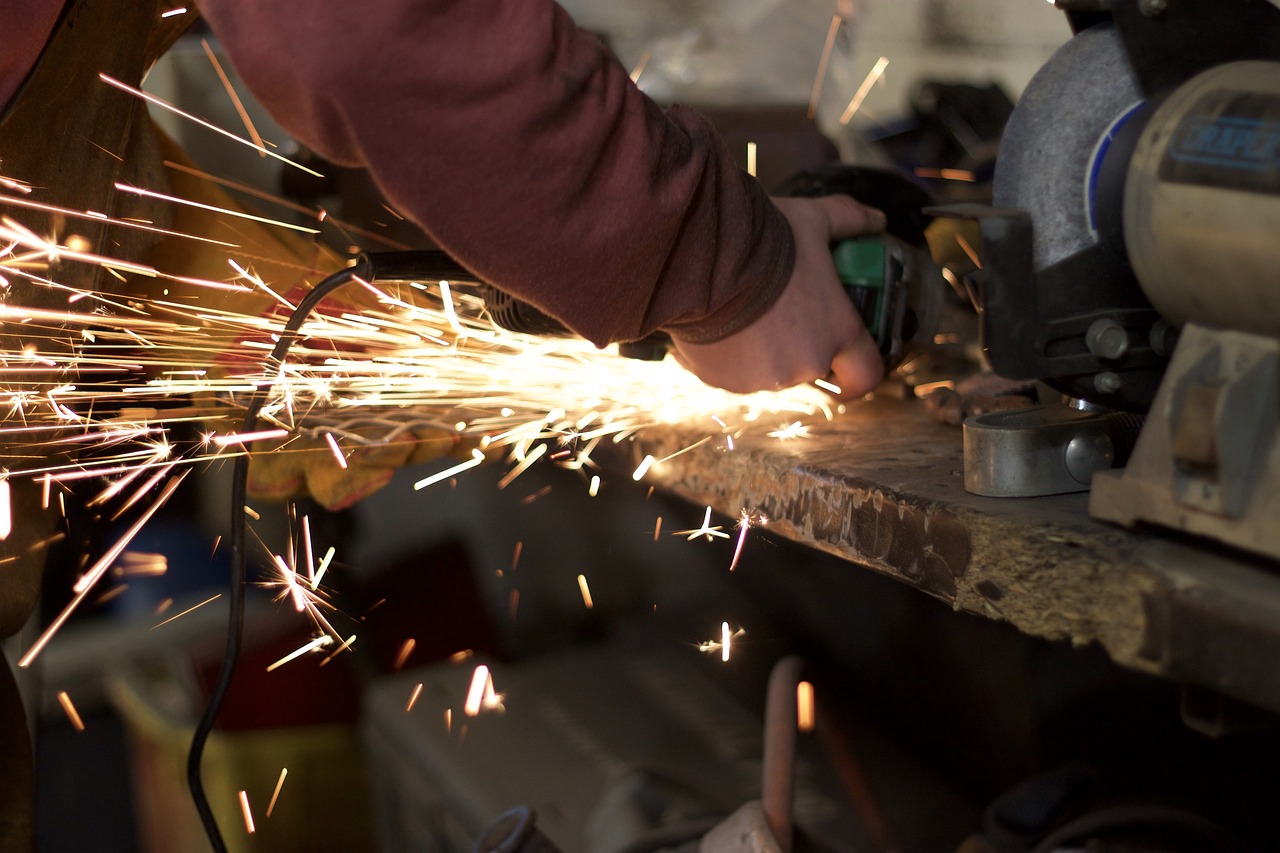
Elevate metalwork with surface grinding by Semtool Engineering. Know how this process can ensure smooth, precise, and high-quality finishes in manufacturing.
The perfect finish and exact dimensions on metal parts can be attained with surface grinding, a process known for its ability to produce high-quality, smooth surfaces and precise tolerances. In metal fabrication and machining, obtaining these metal parts can be a game-changer, transforming the industry significantly.
Surface Grinding: An Overview
Surface grinding is a machining process that involves the removal of material from the surface of a workpiece to produce a flat, smooth surface. It is performed using a rotating abrasive wheel, which acts as the cutting tool. This process is particularly valued for its ability to produce extremely accurate dimensions and fine finishes on metal parts.
The Surface Grinding Process
Before surface grinding can begin, the workpiece must be properly prepared. This includes cleaning the surface to remove any dirt, grease, or other contaminants that could affect the grinding process. The workpiece may also need to be clamped securely to the grinding machine’s table to prevent movement during grinding. Afterwards, the right grinding wheel must be selected to achieve the desired surface finish and dimensional accuracy. Some factors to consider when selecting a grinding wheel include the material being ground, the required finish, and the machine’s horsepower.
Once the workpiece is prepared and the grinding wheel is selected, the grinding machine must be set up for operation. The machine’s settings like the speed of the grinding wheel rotation, the depth of cut, and the feed rate must be adjusted depending on the material being ground and the desired finish.
With the machine set up, the grinding process begins. The grinding wheel is brought into contact with the surface of the workpiece while the material is gradually removed through the abrasive action of the rotating wheel. The grinding wheel moves back and forth across the workpiece in a controlled manner, removing material uniformly to achieve the desired surface finish.
After surface grinding, the workpiece may undergo additional finishing operations to further improve its surface finish or dimensional accuracy. These operations may include polishing, buffing, or other surface treatment processes.
Benefits of Surface Grinding
Semtool Engineering can conduct surface grinding to ensure the following benefits can be attained by metal parts and components.
• Smooth Finishes: Surface grinding can produce a variety of finishes, from matte to mirror-like, depending on the grit size of the abrasive wheel used. The versatility of the process makes it suitable for different applications, including automotive, aerospace, and tool manufacturing.
• Precise Specifications: Another key benefit of the surface grinding process is its exceptional precision. The process can achieve tolerances within fractions of a millimetre, making it indispensable for applications that demand high levels of accuracy.
• Ensured Consistency: Surface grinding can likewise maintain consistency across multiple workpieces. This process can be effective in mass production settings, where each part must meet stringent quality standards.
• Minimal Waste: Surface grinding is a material-efficient process. By precisely removing only the necessary material, it minimises waste, contributing to more sustainable manufacturing practices.
Surface grinding by Semtool Engineering can help achieve superior smoothness, precision, and efficiency. By understanding and leveraging this process, you can significantly improve the quality of their products and stay competitive in the metal fabrication and machining scene.